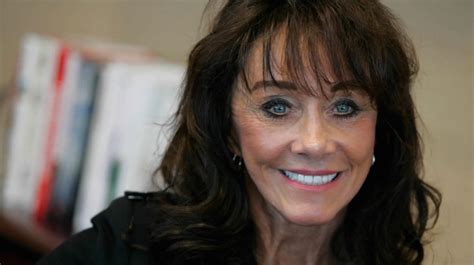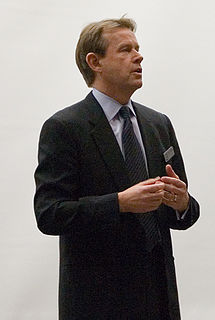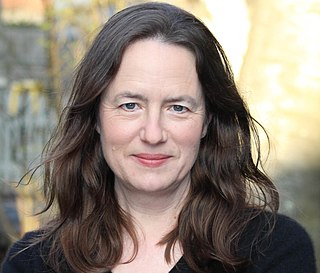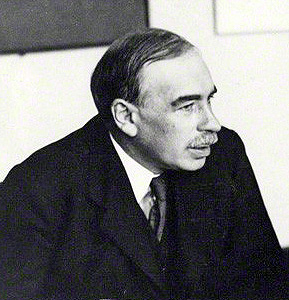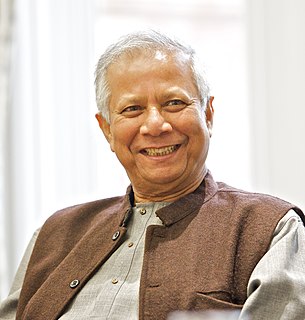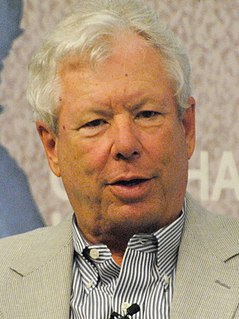A Quote by George Akerlof
When men do all the outside work, they contribute on average about 10 percent of housework. But as their share of outside work falls, their share of housework rises to no more than 37 percent.
Related Quotes
The obvious and fair solution to the housework problem is to let men do the housework for, say, the next six thousand years, to even things up. The trouble is that men, over the years, have developed an inflated notion of the importance of everything they do, so that before long they would turn housework into just as much of a charade as business is now. They would hire secretaries and buy computers and fly off to housework conferences in Bermuda, but they'd never clean anything.
No work-family balance will ever fully take hold if the social conditions that might make it possible - men who are willing to share parenting and housework, communities that value work in the home as highly as work on the job, and policymakers and elected officials who are prepared to demand family-friendly reforms - remain out of reach.
Over the period from 1988 to 2005, the income share of the top five percent has grown by about 3.5 percent of global household income, and the shares of all the other groups have diminished. The greatest relative reduction was in the bottom quarter, which lost about one third of its share of global household income, declining from 1.155 to 0.775 percent, and now is even more marginalized.
Most women without children spend much more time than men on housework; with children, they devote more time to both housework andchild care. Just as there is a wage gap between men and women in the workplace, there is a "leisure gap" between them at home. Most women work one shift at the office or factory and a "second shift" at home.
Economists often talk about the 80/20 Principle, which is the idea that in any situation roughly 80 percent of the “work” will be done by 20 percent of the participants. In most societies, 20 percent of criminals commit 80 percent of crimes. Twenty percent of motorists cause 80 percent of all accidents. Twenty percent of beer drinkers drink 80 percent of all beer. When it comes to epidemics, though, this disproportionality becomes even more extreme: a tiny percentage of people do the majority of the work.




